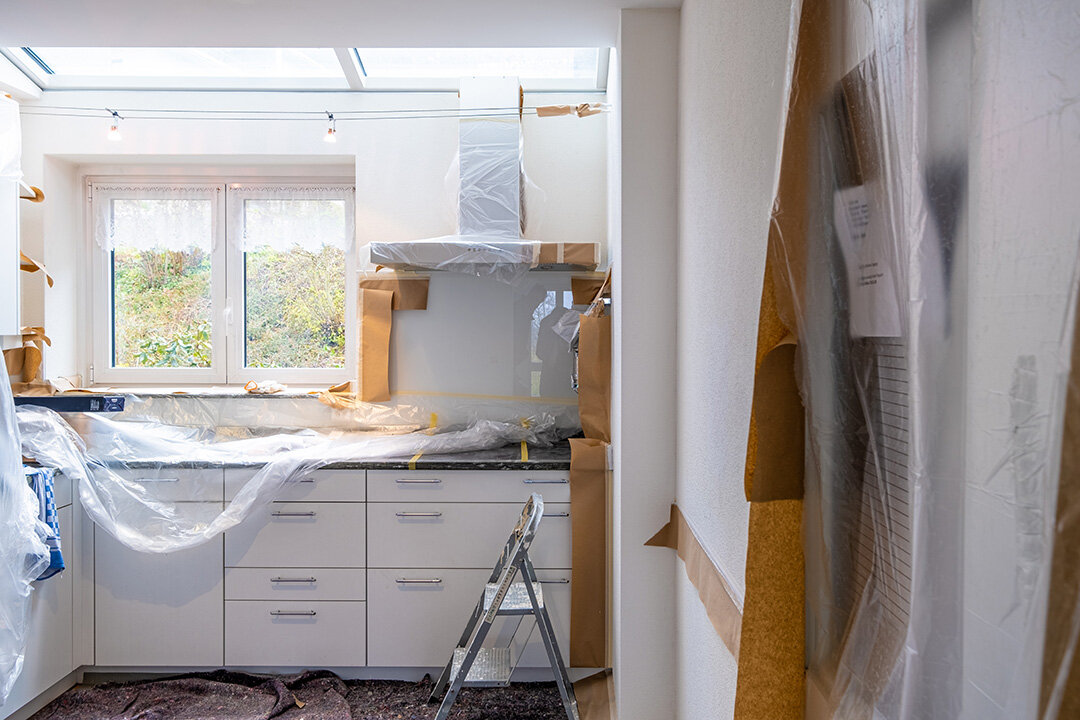What is a Change Order?
In the context of a construction project, a change order refers to a written agreement that alters the scope of work from the original contract. It can be used for both the addition and removal of work, a change in specifications, and many more. These change orders can be executed at any part of a project’s life cycle.
While the definition of change orders may seem straightforward enough, there are a number of misconceptions surrounding it.
Misconception #1: Change orders are only for major redesigns.
Change orders apply to even small changes as long as it deviates from the original contract. Something as simple as changing the brand of door hardware or your wall paint color needs to be properly documented as a change order. Even if it seems simple at first glance, these changes can affect scheduling, purchasing, and budget.
Misconception #2: Change orders are used by contractors to bill extra.
While some construction change orders do increase costs, some are cost-neutral or even cost-reducing. This all depends on the type of change being enacted. The purpose of change orders is to document any alteration to the contract, regardless of whether or not it impacts the budget.
Misconception #3: Change orders are a sign that there was a mistake.
There are many reasons for change orders that aren’t the result of errors. Some can be due to unforeseen site conditions or changes to local codes. Change orders allow for flexibility in a construction project needed to adapt to these situations.
What are Common Causes of Change Orders?
Oftentimes, change orders in construction are unexpected and cause major headaches for everyone involved. Part of what makes them hard to predict is that change orders can stem from a number of different causes. Here are some of the most common reasons for change order requests:
Client Additional Requests - Homeowners may ask for additions or modifications after work has begun, which changes project scope.
Errors and Omissions in Design - Incomplete or ambiguous design drawings can lead to making adjustments on-site once construction begins.
Lack of Coordination - Miscommunication between designers, builders, and the different trades can lead to conflicts on-site that require adjustments.
Owners’ Financial Difficulties - Delayed payments may force changes to the scope or timeline of the project.
Unforeseen Site Conditions - Unexpected issues that weren’t caught during pre-construction such as poor soil or structural damage may need to be addressed first.
Defective Workmanship - Substandard work or code violations have to be corrected first, which causes delays in the timeline.
What are the Consequences of Change Orders?
Knowing why change orders happen is only part of the picture. It’s equally important to be aware of its potential impacts as they can shape the overall success of our project. Here are a few consequences of change orders:
Increased Costs - Changes in scope, especially additional work, requires more labor and materials which increase expenditure.
Delayed Timeline - Shifting plans can disrupt scheduling and set back critical path items which push back completion dates.
Reduced Work Quality - Hurried schedules and excessive rework can compromise quality and lead to reduced attention to detail.
Disputes & Strained Relationships - Disagreements over changes can create tension and distrust amongst the project’s different stakeholders.
Are Change Orders Avoidable?
Given the costs, delays, and challenges that change orders can bring, it’s natural to wonder if they can be avoided altogether. According to a 2022 research by the American Institute of Architects (AIA) on United States construction projects, even small ones costing less than $500,000 have an average of 1.7 change orders. Of the over 18,000 completed projects they analyzed, not a single one had zero change orders! While it may seem next to impossible to eliminate the need for change orders, there are ways to minimize its effects.
How to Effectively Manage Change Orders
Tip #1: Try to Finalize Change Orders Early On
The earlier problems are caught in a project's life cycle, the more options you have in dealing with them. For example a homeowner wants to remove a wall in their new house to create more space. It’s much easier to remove said wall when nothing’s been constructed yet. But if the change was made when the project is almost done, it will be a waste of materials. Additionally, they would have to pay for the demolition of the wall and refinishing of the adjacent areas.
Tip #2: Ensure Clear Communication and Proper Documentation
It’s essential for all stakeholders to have a clear understanding of the change order to be enacted. Change order documents should include information such as its impact on the budget, how it affects the timeline, and an explanation for the change. The change order should only be implemented once it’s been approved and signed by the owner, designer, builder, and any other relevant parties.
Tip #3: Carefully Review Any Received Drawings or Documents
With the amount of paperwork that comes and goes in a construction project, it’s easy to miss details. Make sure any documents coming through your desk gets properly reviewed. Verify the accuracy of plans, measurements of as-built drawings, and if they’ve all been approved by the relevant parties. This is especially important right before starting the actual construction. Again, it’s easier to catch problems the earlier you are in a project’s life cycle. Due diligence will go a long way.
Tip #4: Include a Contingency Fund in Your Budget
Even if we try to minimize changes and alterations as much as possible, some unexpected issues may still pop-up. Cases like undiscovered structural issues, unavailability of your specified fixtures, and soil condition issues are hard to predict at the start of a project. It’s good practice to add 10-20% contingency to cover these situations, so you don’t get blindsided by sudden expenses later down the road.
Final Thoughts on Change Orders
Change orders are a normal part of any construction project. They may sound intimidating and nerve-wracking, but they don’t have to be a source of stress and conflict. By understanding their causes and consequences, you will be able to manage change orders effectively. Use proactive strategies—like clear documentation, early decision-making, and contingency budgeting—to keep your project on track and your goals intact.
Thank you for visiting Wood and Co.













